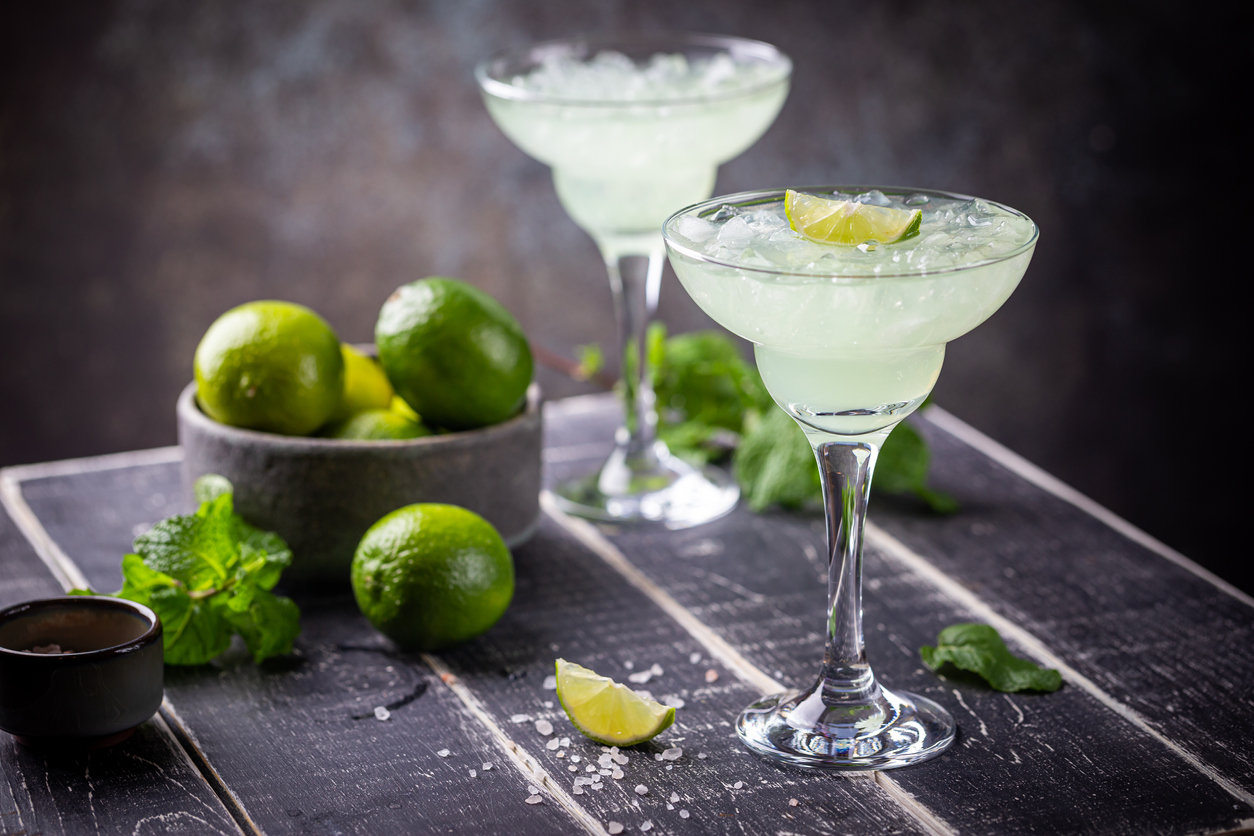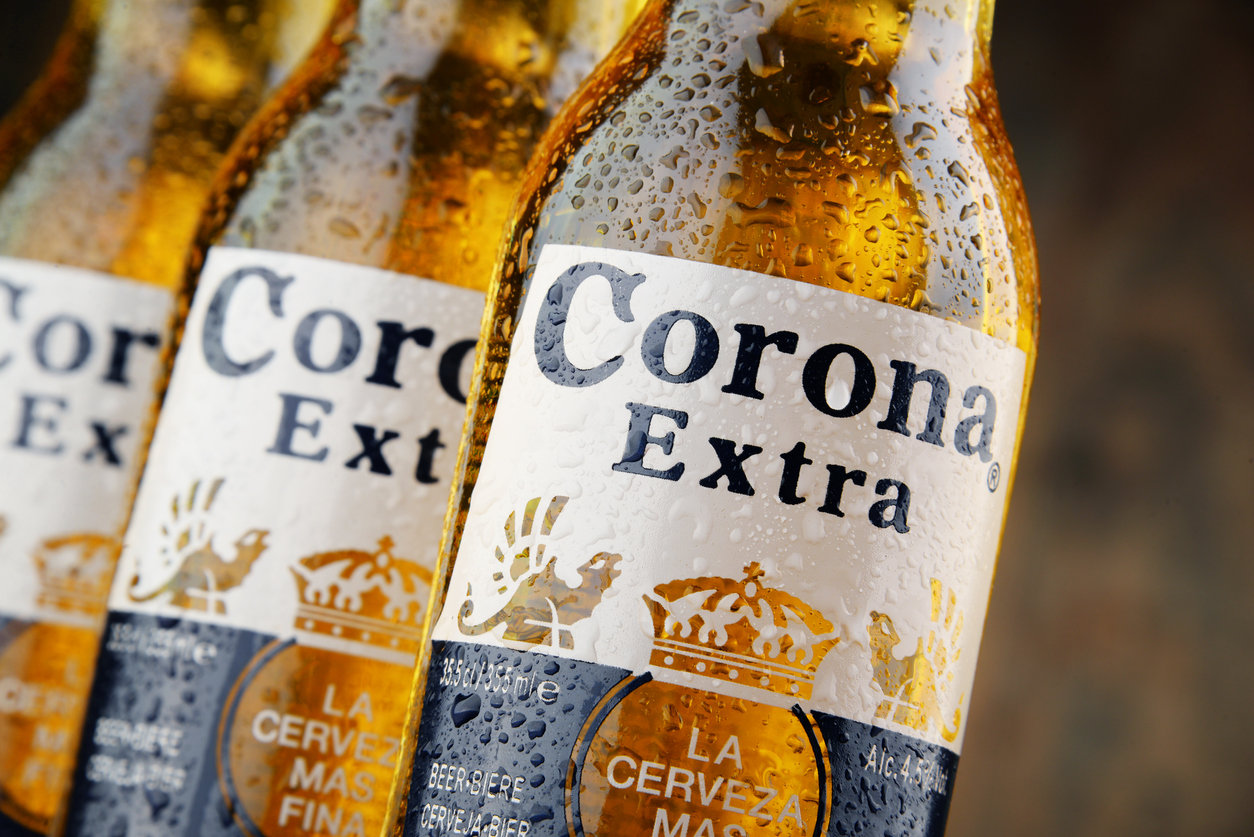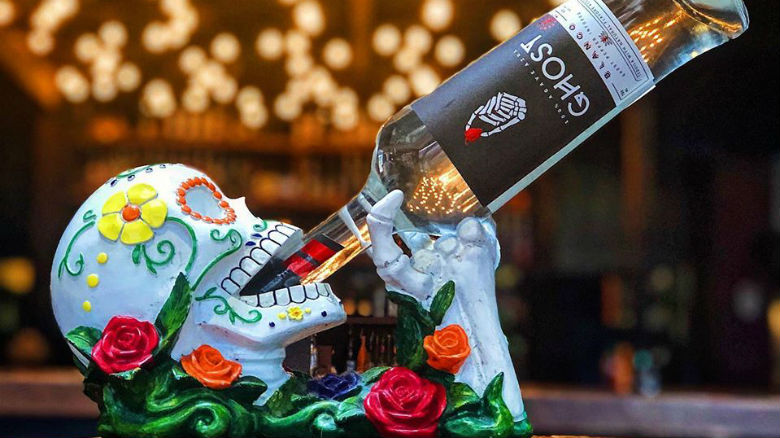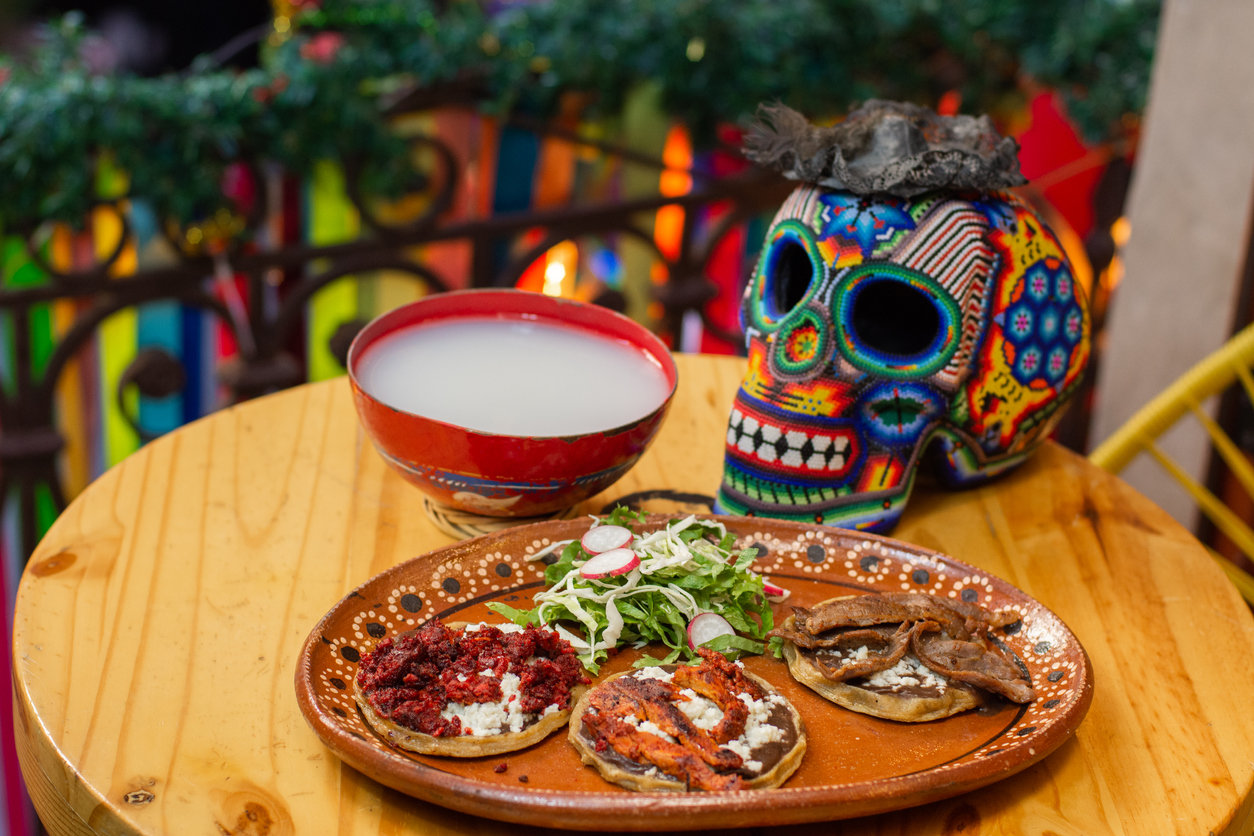CHEERS | Spirits

The
Mighty
May
May is an important month of the year. In the northern hemisphere, the beginning of May is celebrated as the arrival of summer with its sunshine and warm days. In the UK, it’s when men wearing funny clogs dance around the maypole with flowers in their hats. But there are other days of this month which are equally significant.

The month of May has its origin in the Latin word Maius, thought to be a reference to the goddess Maia, who embodied growth and renewal. It makes sense, because it’s when the annual seasons transition from spring to summer in the northern hemisphere.
Star Wars aficionados particularly love the fourth day of the fifth month – because for a whole 24 hours they get to trot out one of the most famous lines of the movie franchise: May the fourth be with you! The line is, of course, may the FORCE be with you but it’s a clever play on words and seldom fails to coax a wry smile out of those who get the joke.

However, the next day, the fifth of May has greater significance to Mexicans: it’s Cinco de Mayo and weirdly it appears to be observed and celebrated more in America than it is in Mexico. There’s a common misconception that Cinco de Mayo is such a big deal because it’s Mexico’s national Independence Day. In fact, Cinco de Mayo commemorates the victory of the Mexican army over French colonial forces in the town of Puebla in 1862. (Independence Day is celebrated on September 16.)
As the founder and boss of Ghost Tequila Chris Moran stated in a New York Post article in May 2022, “Cinco always meant, ‘Get ready to make margaritas and pop Coronas all night!’” Moran said in his bartending career it was the one night he made the biggest tips. “I could budget a week’s worth of tips on Cinco alone! It didn’t matter what day of the week Cinco de Mayo fell on, we did two-and-a-half times the business of any other busy Friday or Saturday night!”
Moran said it was as much about celebrating Mexican culture as it was about Americans kicking off summer and getting into the pre-Memorial Day vibe. (An annual commemoration of the lives lost by Americans who served in the armed services, Memorial Day is always celebrated on the last Monday in May and marks the traditional start of the summer holidays.)
It was in the 1960s that America really saw the event become one which marks Mexican culture, tradition, food and music. It hit a new high in the 1980s when beer and Tequila brands actively promoted it to boost sales. It worked well: Cinco de Mayo in the United States has the cash registers chinging, second only to the Super Bowl when it comes to beer sales! And it has subsequently expanded around the world – with bars in London offering specials on Mexican drinks, cocktails and beers on that date.
Although the Americans assume that Tequila and cheerful music played by guitar-strumming mariachi bands is the way to go, that’s not how it happens in Mexico. Cinco de Mayo is big in the city of Puebla – and traditionally Poblanos are fierce rivals of the folks in Jalisco, the area where Tequila and the mariachi originate from – so that fiery spirit and music is generally off the table! They mark the event more by military parades and re-enactments of the victory over the French.
What the Poblanos do drink to mark the occasion, however, is pulque. Website Serious Eats wrote the following about this drink: ‘Pulque is a pre-Hispanic beverage with a consistency reminiscent of kombucha, if kombucha were made from okra. It’s about as alcoholic as beer, but is made from the lightly fermented sap of the agave—the same plant that’s used to make tequila and mezcal. The flavour, once you acquire a taste for it, is intriguingly zingy. Natural, or plain, pulque is an opaque milky colour but fizzy and bright on the tongue. Sweet, but not cloying, lightly viscous but (assuming it’s fresh) not slimy, and just ever-so-subtly yeasty, like the whiff of freshly risen bread dough hitting the oven.”
The problem is that over the years, this drink went from being the drink of priests, used to mark religious ceremonies, to seen as the drink of common folks and somewhat low class. Much of this is attributed to the rise in popularity of beer – with the brewers actively marketing their product as superior, more hygienic and classier than pulque.
Pulque has been around for thousands of years and is now making something of a comeback with pulquerias popping up in Mexico City, serving fresh pulque in its natural form as well as flavoured with seasonal fruits.
Serious Eats detailed the process: ‘To produce pulque, the heart of a mature agave (maguey) plant is cut out, creating a cavity. The cavity is scraped, which induces the flow of sap, called aguamiel, into the cavity, where it gets collected. While the process for making mezcal and Tequila requires that aguamiel be cooked, pulque is made by naturally fermenting the raw product in a cask. The fermentation happens quickly, so quickly that the fermented liquid reaches its fizzy, low-alcohol final form in a matter of hours. The rapid fermentation is responsible for two indelible characteristics of pulque: the best pulque is freshly made, and the drink doesn’t travel well, both of which make it endemic to central Mexico.



